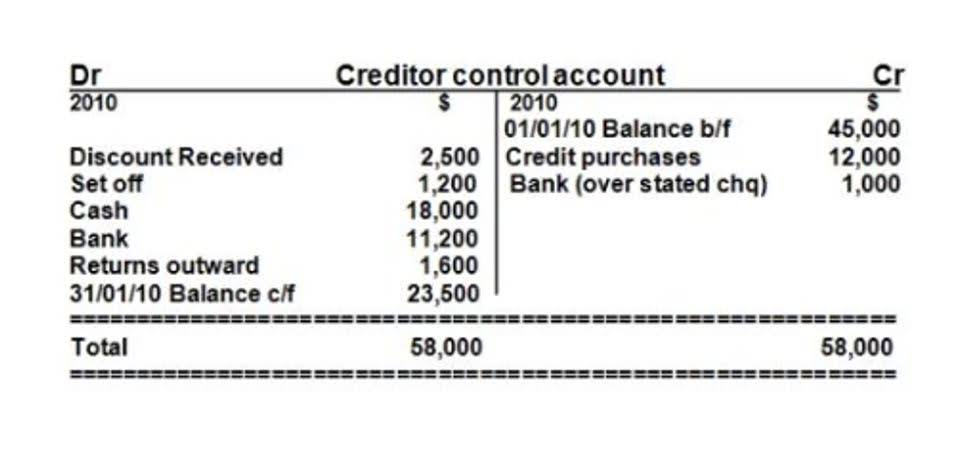
This observation trial balance tells us that accounting statements are important in investment and credit decisions, but they are not the sole source of information for making investment and credit decisions. It is sometimes called net assets, because it is equivalent to assets minus liabilities for a particular business. ” The answer to this question depends on the legal form of the entity; examples of entity types include sole proprietorships, partnerships, and corporations.
- Aspects like customer satisfaction, supply chain efficiency, and innovation efforts can go missing even though they can directly impact the company’s current and future performance.
- This ratio measures how much of a company’s operations are financed through debt versus owner equity.
- The accounting equation is a fundamental principle in bookkeeping that shows the balance between assets, liabilities, and equity.
- For example, a company with high retained earnings (profits reinvested into the business) will see increased equity, signaling financial strength.
- Debt is a liability whether it’s a long-term loan or a bill that’s due to be paid.
What Are the Key Components in the Accounting Equation?

Additionally, the equation formula may also be broken down further on the capital part to detail the additional contributions of the capital. In this case, the capital will become the beginning capital and additional contributions. For example, ABC Co. started the company on 02 January 2020 by injecting cash into the business of $50,000. The $30,000 came from its owner and $20,000 came from the borrowing from the bank. This arrangement can be ideal for sole proprietorships (usually unincorporated businesses owned by one person) in which there is no legal distinction between the owner and the business. For example, John Smith may own a landscaping company called John Smith’s Landscaping, where he performs most — if not all — the jobs.
- For instance, when a startup invests in inventory (an asset), they may use a loan (liability) to finance this acquisition.
- This section will explore some examples of how common business activities impact this equation.
- Said a different way, liabilities are creditors’ claims on company assets because this is the amount of assets creditors would own if the company liquidated.
- As inventory (asset) has now been sold, it must be removed from the accounting records and a cost of sales (expense) figure recorded.
- The claims to the assets owned by a business entity are primarily divided into two types – the claims of creditors and the claims of owner of the business.
- This balance, where assets equal the sum of liabilities and equity, ensures that every asset is either funded by debt or the owner’s investment.
Assets in Accounting: A Beginners’ Guide

By comparing its assets, liabilities, and equity, you can quickly assess whether a company has enough resources to cover its debts. For example, if a company’s assets are more than its liabilities, it’s a good sign indicating a strong financial position. Moreover, equity is not static; it fluctuates with the ebbs and flows of business performance. When a company is profitable, retained earnings increase, thereby boosting Cash Flow Management for Small Businesses equity; conversely, losses can decrease equity, signaling potential financial difficulties. Thus, equity is not only a critical component of the accounting equation but also an essential indicator of a company’s financial health and operational effectiveness. By understanding how equity integrates within the larger framework of the accounting equation, stakeholders can gain valuable insights into the company’s net worth and sustainability.
Key Concepts
If assets increase, either liabilities or owner’s equity must increase to balance out the equation. On the other hand, double-entry accounting records transactions in a way that the accounting equation is usually expressed as demonstrates how profitable a company is becoming. Investors are interested in a business’s cash flow compared to its liability, which reflects current debts and bills. This straightforward relationship between assets, liabilities, and equity is the foundation of the double-entry accounting system.
- Owners can increase their ownership share by contributing money to the company or decrease equity by withdrawing company funds.
- However, the accounting equation treats all values at face value regardless of when they are realized.
- Assets in accounting are resources that a company owns and uses to generate income and future economic benefits.
- The accounting equation is more than just a formula; it is the cornerstone of the double-entry accounting system and financial reporting.
- As expected, the sum of liabilities and equity is equal to $9350, matching the total value of assets.
- A strong balance between liabilities and equity indicates lower financial risk, which can attract investors and improve the company’s market position.
- After calculating the owner’s equity with the formula above, you should plug it into the accounting equation and make sure the equation balances.
Streamline your financial reports with ease

It includes retained earnings and capital contributions, representing the company’s net worth. This includes cash, accounts receivable, inventory, equipment, and real estate. This equation ensures that every financial transaction is recorded correctly, preventing discrepancies in financial statements. While the accounting equation effectively captures financial transactions, it doesn’t give a clear picture of the operational activities that drive these numbers.

Payment of Accrued Expenses

This misconception may hinder one’s ability to analyze long-term financial sustainability effectively. For example, if the total assets were reported as $70,000, while liabilities and equity only summed to $60,000, it indicates an imbalance. This misrepresentation could arise from various factors such as mistakes in data entry, failure to record a transaction accurately, or even fraudulent activities.
